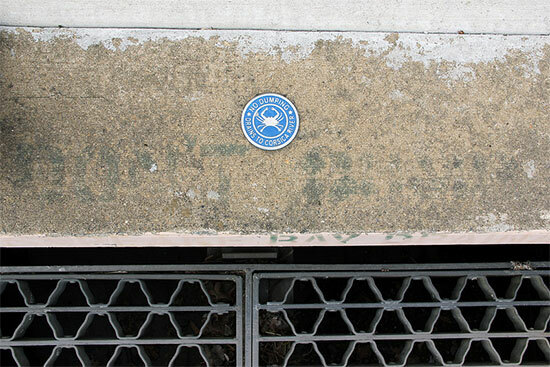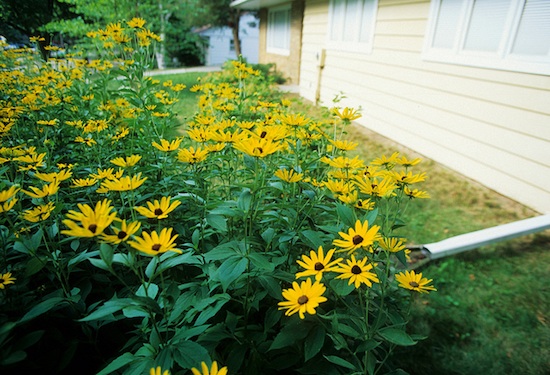Letter from Leadership: What can I do for the Chesapeake Bay?
Homeowners can play a big part in reducing pollution and improving water quality.
People often feel helpless when confronting the environmental concerns that face us today. They want to know, in simple and straightforward terms, what they can do to help. In the Chesapeake Bay watershed, the answer lies in our work to reduce the flow of nutrients and sediment into our waterways.

While we have made great strides in upgrading nutrient-removal technology at wastewater treatment plants, controlling power plant and automobile exhaust emissions, and putting conservation practices in place on area farms, we have not made as much progress in reducing stormwater runoff from homes and businesses. Rainfall continues to run across rooftops, driveways and lawns, picking up pollutants before it enters storm drains, rivers and streams. And we continue to look for ways to encourage homeowners to reduce their stormwater discharges.

Image courtesy Wisconsin Department of Natural Resources/Flickr
Environmental regulations have not focused on runoff from homes because these pollution sources are too small, diffuse and numerous to manage effectively and efficiently. But the Chesapeake Bay Program is developing a system that will give homeowners credit for reducing their runoff and helping their communities meet the goals of the Total Maximum Daily Load (TMDL), or Bay “pollution diet.” More than 30 stakeholders worked through the Chesapeake Stormwater Network to develop this crediting program, which will respond to the needs of both homeowners and government agencies and provide an accurate mechanism for verifying residential best management practices.
Rain barrels, rain gardens and permeable pavement are just some of the tools that can help a homeowner manage runoff and add color and character to his property. But it is important for us to ensure that these practices are installed correctly to reduce pollution over time. So a guide is in production that will show homeowners how to design, construct and maintain different practices, and an online tool will allow them to add their practices to a website, where the data will be checked and pollution reductions will be calculated.
Training and certification programs are being planned. Smart phone apps are being developed. And this initiative appears to be catching on among homeowners and in communities across the watershed, where people see it as an opportunity to improve their neighborhood, increase their property values and make a positive impact on their local environment and the water quality of the Bay.
Note: The opinions expressed above are those of the author and do not necessarily reflect U.S. EPA policy, endorsement, or action.

Comments
The best way to reduce soil erosion, water and air pollution, and nutrients to the Bay is to eat a plant-based (no meat, dairy, or eggs) diet. The industrial animal 'farms' are the major contributor to pollution to the Bay through the manure and the crops needed to feed the animals. The animals are also fed an overdose of antibiotics because they are kept is such stressful environments, that is how the 'farmers' keep them alive. The drugs eventually end up in the runoff.
If every one of us would at least reduce the consumption of animal products even one day a week (for example Meatless Mondays), it would help. It also helps human health by preventing diabetes, cancer, and heart disease. Then there would be less drugs in the humans as well, that eventually reaches the Bay.
Check out Karl Blankenship's article on the Pollution Diet off or the Bay: http://www.bayjournal.com/article/protein_rich_diet_linked_to_bays_unhealthy_state
The answer to a lot of the environmental problems is surprisingly simple and inexpensive. This move to a plant-based diet helps in so many ways, including the welfare of sentient beings. Plus you can have a clearer conscience because if you are consuming animal products, you are supporting violence, cruelty, and injustice, in addition to pollution to the Bay.
Thank you!
Your comment has been received. Before it can be published, the comment will be reviewed by our team to ensure it adheres with our rules of engagement.
Back to recent stories